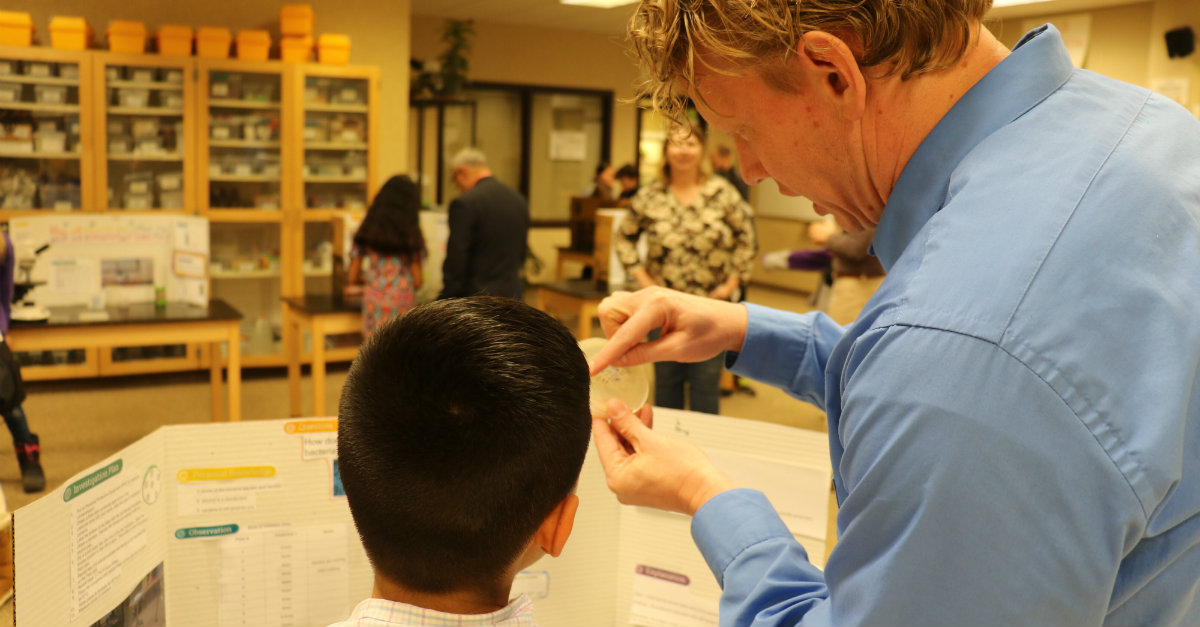As teachers, we’re programmed to strive for success. We want our students to take in our lessons, internalize them, and demonstrate their learning in such a way that earns them a good grade. The grade then becomes the chief communicator of learning mastered—proof to parents, principals, and others that you as a teacher are indeed successful. But if our goal is learning, well, then we must overwrite this programming. The teacher that makes room for mistakes is the teacher that makes room for learning.
Learn by Doing
Think back to the most memorable lessons in your own life. Chances are they were born out of a mistake or failure. Don’t believe me? Here’s just one of my own mistake-leads-to-learning examples. I remember a poetry class in college where my professor shared a poem and asked us to study it to determine the author’s intent. I studied the poem and came to the next class with what I was certain was a brilliant interpretation of the poem. I had found the poet’s subtle meaning, and I was genuinely moved by the message and its applicability to my own life. But I quickly discovered my interpretation was dead wrong. How do I know? Because the professor was the poet and he told me so.
Turns out the professor knew we’d all fail. He knew we’d each interpret the author’s intent differently. The larger lessons he imparted were: 1) Don’t think you know everything because you don’t, and 2) everyone has an interpretation that is true and meaningful to them. I don’t remember the poem or the interpretation that at the time was so meaningful to me. But I do remember how I felt when I realized I was wrong, and I have never forgotten the two lessons that resulted.
What It Looks Like in the Classroom
Here are a few ways you can promote risk-taking and positive mistakes in your classroom:
- Share wrong answers: Show an incorrect answer/response, and ask the class, “What do you notice?” Praise the effort and thinking that went into the response, but guide students to discover where the student went wrong and what they could do to avoid making the same mistake.
- Share your own mistakes: Let students see that you’re not perfect and that you don’t expect them to be. It will not only show students that everyone learns from mistakes but will also make you students more motivated when they see you as a real, fallible human being.
- Allow them to struggle: Give the problem and then give them time to struggle with it. Avoid the temptation to jump in and show them the answer. The longer the struggle time, the more cemented the learning is likely to be.
Failing Forward
So, take a moment to consider what you want for your students. I encourage you to strive for something grander than success. Certainly, strive for something more material than good grades. Establish a culture that encourages and celebrates risk-taking. Create a safe environment where students can fail, can discuss their failures, and can share what they learn from them. It’s not easy to let them fail. It’s even harder to watch them struggle. But keep the end game in mind. They are there to learn. There’s no better way to learn than from your mistakes.

